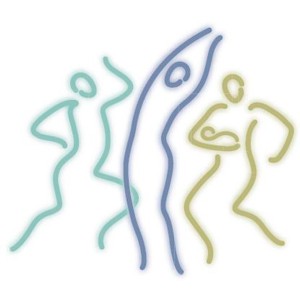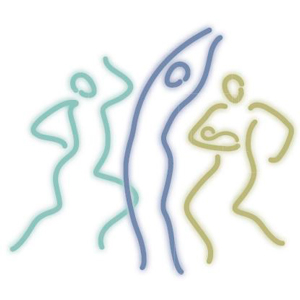There is a widely held misconception that pelvic floor-related symptoms are an inevitable part of being a woman. While females are three to seven times more likely to be affected by pelvic floor dysfunction than males, evidence-based research over the last ten years highlights physical therapy as one of the first-line approaches to resolving or reducing pelvic floor dysfunction.
 Physical therapy typically requires six to eight weeks of work in a program of treatments and exercises to see effective change, just as proper weight loss occurs slowly over a few weeks.
Physical therapy typically requires six to eight weeks of work in a program of treatments and exercises to see effective change, just as proper weight loss occurs slowly over a few weeks.
Pelvic floor dysfunction can be classified into five groups of symptoms: urinary incontinences including urge, frequency, incomplete emptying, slow stream and straining; pelvic organ droop or prolapse; painful intercourse or orgasmic dysfunction; pelvic pain weakness resulting from surgery, radiation, muscle strain, or organ dysfunction, such as a painful bladder; and bowel problems such as constipation, obstruction, or leaking.
Pelvic floor dysfunction is often classified based on where the problem occurs within the pelvis. Many conditions can be lessened with physical therapy intervention and exercise to promote functional use, bladder and bowel retraining, relaxing the muscles within and surrounding the pelvis, breathing correctly with activities, and rehabilitating the muscles to properly contract and relax in isolation and in concert with the other trunk muscles.
Myofascial release, moist heat, ultrasound, cold low light laser, connective tissue massage, visceral massage, and neuromuscular education about voiding and defecation are some of the elements and procedures that are part of an individualized treatment approach after a thorough assessment is done. Electrical stimulation can also be used to facilitate strengthening, endurance, coordination, and timing of muscles.
Specially trained physical therapists can evaluate and treat the musculoskeletal components of these diagnoses. In general, pelvic floor dysfunction can be divided into three major categories: overactive (hypertonus), when the muscles do not relax, or they contract when relaxation is needed. Symptoms of this group include urination problems, painful intercourse, or obstructed defecation. Underactive pelvic floor is the inability to perform a voluntary contraction when one is needed to prevent urinary or fecal incontinence and the droop of pelvic organs. And the third, nonfunctioning pelvic floor, is when there is no palpable muscle action, which is usually related to a neurological condition.
Various PT interventions can be used effectively in each of these instances. In many cases, pelvic floor education and supervised exercise have been proven to be more successful than any other form of care. However, it should be noted that other interventions were superior to no care at all.
While physical therapists can help with the evaluation and treatment of different pelvic floor dysfunction, the need for care could be lessened if women were informed early on about the pelvic floor. Using pelvic floor muscles properly should become a life-long habit. Using the deep intrinsic trunk muscles in synergy with proper breathing can pay dividends throughout a woman’s life. Recent research involving more than 400 women revealed that hypertrophy and functional recruitment of pelvic floor muscles prevents and reduces symptoms of prolapse of pelvic organs.
With such studies now available, women have access to education and supervised exercises from specialized women’s health physical therapists to reduce and prevent pelvic floor dysfunction. When women are offered the knowledge to improve awareness of the risk factors, they can be motivated to actively take part in their health and wellness. Ultimately, pelvic floor muscle training is just as important as flossing your teeth regularly.




